+44 (0)1634 791600
info@crystal-display.com
Newsletter Sign Up!
+44 (0)1634 791600
info@crystal-display.com



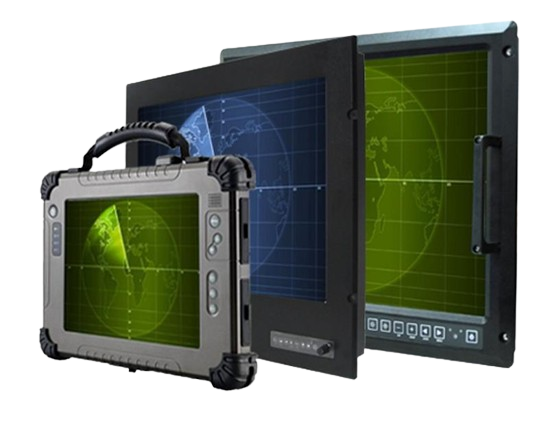
Military-grade displays, monitors, and touchscreens designed for rugged environments are crucial components in military devices and equipment worldwide, whether deployed in the air or on land. These specialized technologies face significant challenges, needing to endure extreme conditions, maintain exceptional reliability, and adhere to numerous EMC directives and military standards. However, advancements in modern technology have led to the development of user-friendly touchscreen monitors and related products, essential for enabling the armed forces to operate at peak performance levels.
A ruggedized display is a type of electronic screen or monitor specifically designed to withstand harsh environmental conditions and physical stresses that would damage or impair standard displays. These displays are commonly used in industrial, military, aerospace, and outdoor applications where the equipment may be exposed to extreme temperatures, moisture, shock, vibration, dust, or other challenging conditions.
Durability: Ruggedized displays are built to withstand harsh environmental conditions, such as extreme temperatures, moisture, shock, vibration, and dust. They often have reinforced casings and ruggedized components to ensure longevity in challenging environments.
Enhanced visibility: These displays are designed to maintain visibility and readability even in bright sunlight or low-light conditions. They may include anti-glare coatings, high-brightness screens, or optical enhancements to improve visibility in various lighting situations.
Resistance to impact and vibration: Ruggedized displays are engineered to withstand physical impacts and vibrations without damage to the screen or internal components. This feature is essential for applications in vehicles, machinery, or outdoor environments where the equipment may experience rough handling or movement.
Sealing against environmental contaminants: Many ruggedized displays are sealed against moisture, dust, and other environmental contaminants to protect internal electronics and ensure reliable operation in challenging conditions.
Wide temperature range: Ruggedized displays are capable of operating within a wide temperature range, from extreme cold to extreme heat, without sacrificing performance or reliability.
Compliance with military standards: Ruggedized displays often meet or exceed military standards (MIL-STD) for environmental testing, electromagnetic compatibility (EMC), and other performance criteria. This ensures they can withstand the rigors of military applications and meet the stringent requirements of defense organizations.
Touchscreen capability: Some ruggedized displays feature touchscreen functionality, allowing users to interact with the display using touch gestures even in rugged environments. These touchscreens are often designed to be responsive and durable, with scratch-resistant surfaces and support for gloved operation.
Long-term availability and support: Ruggedized display manufacturers typically offer long-term availability and support for their products, including extended warranties, repair services, and compatibility with future technologies. This ensures that customers can rely on their ruggedized displays for years to come, even in demanding applications.
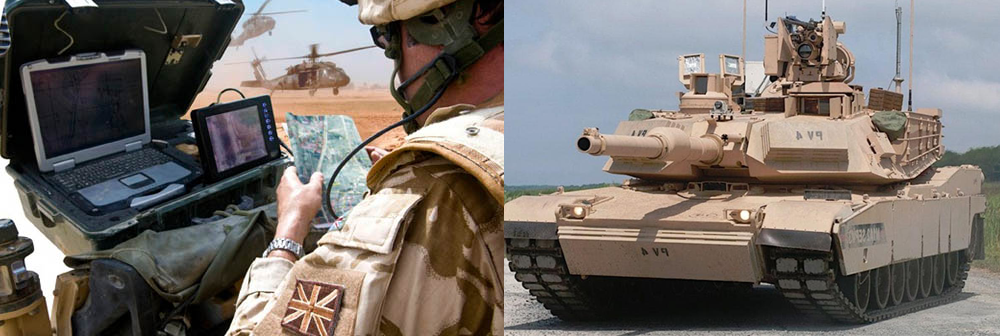
Our military displays are designed with modular components, allowing for easy replacement or upgrades in the field without requiring extensive technical expertise. This modularity enhances maintainability and reduces downtime during operations.

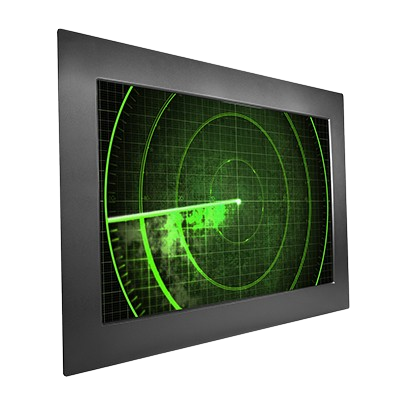
CDS Military displays include modes or filters that are compatible with night vision goggles or other low-light vision equipment. This allows personnel to maintain situational awareness without compromising their ability to operate in low-light conditions.
Resistive touchscreen displays are pressure-sensitive and can be operated with gloved hands, styluses, or other objects. These displays use multiple layers that flex under pressure, allowing them to detect touch inputs even through thick gloves.

Command and Control Centers: Large, high-resolution displays are used in command and control centers to provide situational awareness, mission planning, and decision-making support for military commanders. These displays can integrate data from various sources such as radar, surveillance cameras, and satellite imagery.
Vehicle Mounted Displays: Displays integrated into military vehicles, including tanks, armored personnel carriers, and aircraft, provide vehicle crews with critical information such as navigation data, sensor feeds, and targeting information. These displays are ruggedized to withstand vibration, shock, and environmental factors.
Avionics Displays: Cockpit displays in military aircraft provide pilots with essential flight information, navigation data, weapon systems status, and sensor feeds. These displays are designed to be highly visible in varying lighting conditions and may include features such as night vision compatibility.
Helmet-Mounted Displays (HMDs): HMDs are used by military pilots, ground troops, and special forces to provide heads-up displays (HUDs) of critical information directly in the user’s field of view. HMDs can overlay navigation data, weapon targeting information, and situational awareness data onto the user’s vision.
Ruggedized Tablets and Handheld Devices: Military personnel use ruggedized tablets and handheld devices with displays to access digital maps, tactical information, and mission-critical data while in the field. These devices are designed to withstand rough handling, extreme temperatures, and environmental conditions.
Training and Simulation Displays: High-fidelity displays are used in military training and simulation systems to create realistic virtual environments for training exercises and mission rehearsals. These displays may include immersive technologies such as virtual reality (VR) or augmented reality (AR) to enhance training effectiveness.
Naval Displays: Displays on naval vessels provide navigation data, radar information, sonar feeds, and situational awareness to crew members on ships and submarines. These displays must be ruggedized to withstand the maritime environment, including saltwater exposure and shock from heavy seas.
Deployable Tactical Operations Centers: Portable displays are used in deployable tactical operations centers (TOCs) to establish command and communication hubs in remote or austere environments. These displays enable military units to coordinate missions, monitor real-time intelligence, and maintain situational awareness in the field.
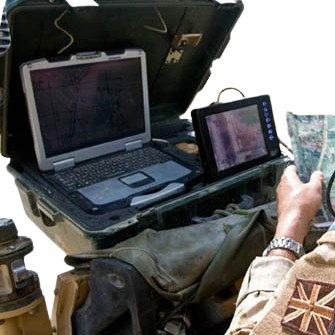
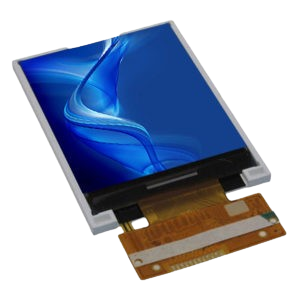
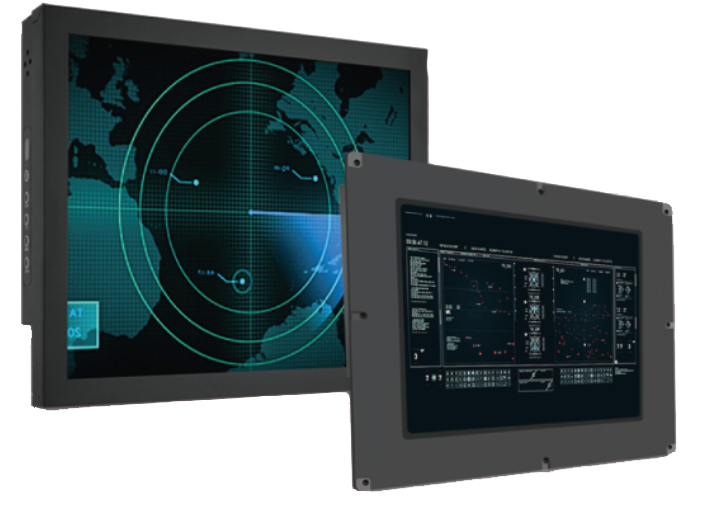
Selecting the appropriate touch technology poses an added challenge for military and aerospace engineers. The touchscreen not only needs to excel in controlled environments but must also withstand harsh conditions, including strong vibrations, voltage fluctuations, exposure to water, sunlight, dust, oils, and extreme temperatures with unpredictable variables. As touchscreens become integral to various military applications such as MRAP vehicles, handheld navigation units, and diverse specialized equipment, the reliability of these robust displays becomes paramount, demanding consistent performance under all circumstances.
So how do all branches of the military and the manufacturers of military grade vehicles and equipment choose the right touch technology? Just like any other project, it is important to first carefully evaluate the needs of your project and the environment that the touchscreen display needs to operate in. Once your key requirements have been identified, it becomes much easier to weigh the advantages and disadvantages of each technology to find the touchscreen that is right for your military application.
